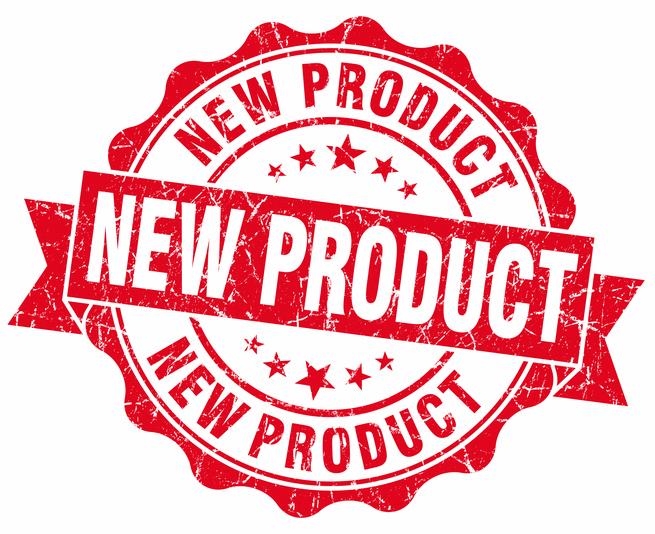Audira Articles
Marketing hearing technology to increase uptake — Part 1 (Theory)
This is PART 1 of a series of two articles looking at how changing the way that hearing technology is marketed can increase hearing aid adoption, change the public's attitudes to hearing technology and better differentiate products and manufacturers in an increasingly homogenised market place.
In Part 1 we begin by looking at the limitations of the current approach to marketing before examining the principles and practice of a more effective approach that focuses on shaping consumer perceptions.
In Part 2 we will put the principles into practice with a worked-through example of a consumer-focused advert by an imaginary hearing aid manufacturer as a way of demonstrating one way in which the new approach might be implemented.
Why we need a new approach to marketing hearing technology
Marketing campaigns for hearing technology have traditionally tended to focus on the functionality or design appeal of the hearing device: "See how invisible it is"; "Hear how good it sounds".
Whilst these are important factors, the drawback to such an approach is that it is highly copyable by competitors and promotes commoditisation to the extent that all hearing devices begin to appear to a consumer as variations on a theme with no distinguishing features between manufacturers – similar to how detergents all appear to offer whiter than white. Today's hearing technology all promise natural sound quality; they all promise better speech understanding; they all promise better hearing in noise.
The pitfalls of adding “Extra Functionality” as a market differentiator
But there reaches a stage where nothing new can be said about the functionality of the product without adding extra functionality that deviates from the product’s core purpose.
And whilst there is nothing wrong with adding extra functionality or a unique feature, it does bring with it its own risks: the extra functionality can end up becoming the main thing by which the potential customer differentiates it.
If the customer does not consider that additional functionality to be relevant to their particular needs, it can distract them from the product's core purpose, and the customer's interest is lost: "I don't want that one because I don't need XYZ." They've 'thrown the baby out with the bath water'.
Furthermore, when the Industry moves forward it is likely to leave the differentiating feature behind, which leaves the manufacturer needing to look for yet another differentiating feature in order to reclaim a customer's interest. So basing market differentiators on transient product features is self-defeating and lacks brand continuity.
This scenario will become increasingly likely as technology continues to evolve. So how are manufacturers of hearing technology to differentiate themselves?
It requires a different way of thinking about how hearing technology is marketed. Let's take a look.
A thought experiment: the Perfect Hearing System
Imagine that the perfect hearing system has been invented.
How could such perfection be made any better? It can't; it does exactly what it's supposed to: so someone wearing it will hear as well as they would if they didn't have a reduction in their hearing range.
Now let's go one step further and imagine that there isn't just one manufacturer out there with the perfect hearing system, but several. If they're all perfect, how could they differentiate themselves in the eyes of the consumer?
Whether or not the perfect hearing system has been invented (or ever can be!) is beside the point. Hearing aid manufacturers must imagine that they have, because it's the only way they will learn to differentiate themselves effectively in the face growing commoditisation. They must learn to position themselves through the associations they build in consumers' minds and the emotions they evoke in consumers' hearts.
In other words, manufacturers must equip consumers to answer EACH of these questions:
- What does it mean to me to own this particular hearing system?
- What does it say about me if I use it?
- Is it consistent with how I see myself or want others to see me?
- What does it say about me if I don’t use it (i.e. what is my risk of loss)?
3 reasons why manufacturers should market to consumers
Manufacturers might argue that their customer is not really 'the Consumer', it's the hearing care professional, so that's who they need to focus their marketing on.
But whilst this may have been true in the past, the world has changed.
1. Consumers want to be involved in the decision-making
Consumers are better informed, thanks in no small part to the freedom of information on the Internet. They want to be more and more involved in the decision making. But they don't have the expertise or experience to discern the subtleties between one form of noise reduction system and another; heck even hearing care professionals often struggle with this!
So marketing to the consumer, without undermining the hearing care professional, will become more and more important for manufacturers who want to differentiate themselves in a world where all hearing technology appears to do the same thing.
2. Consumer marketing has the power to change attitudes
Marketing by manufacturers to consumers is the most significant action that they themselves can take in increasing hearing aid adoption worldwide. Why? Because it helps establish hearing technology as a social norm. Seeing hearing technology when we open a Sunday magazine or flick through the TV channels or drive past a billboard on our way to work sends a signal to society that hearing technology is part of life.
Even just seeing something repeatably has been shown in experiments to increase liking (and hearing technology could always benefit from a helping hand in that domain!), a phenomenon known as the mere-exposure effect. And depending on how clever the marketing is, it can even change attitudes to hearing technology by building positive associations and instilling a sense of loss for not owning it.
3. Marketing through hearing care professionals restricts the audience
Many hearing care professionals tend to focus their marketing on those who already perceive themselves as being 'ready enough' to treat their reduction in hearing. So they will likely be marketing to existing users or those who have reached a point of obvious need.
That means that any attempts by a manufacturer to differentiate their brand or increasing hearing aid adoption just cannot be achieved effectively by marketing the technology to or through hearing care professionals: the hearing care professionals audience is simply too restricted.
This becomes obvious when consider that in the US only 28.5% of people who need hearing aids have them, and in the UK it's only 38.6%, simply skimming off “those who are ready” isn't enough; we automatically discard the remaining majority. So we have to use our marketing to change the number of people who perceive themselves as being 'ready enough'—by changing the perceptions outside our existing scope of influence.
So manufacturers have to gain exposure "out there" in the real world, reinforcing and complementing the messages of the hearing care professional—because the more sources we have presenting the same underlying message in different ways, the more it will be taken as a social norm.
And if "everybody's doing it" nobody feels 'different' using hearing technology: there's safety in crowds (Cialdini's principle of Social Proof).
Why it's ‘hugely appropriate’ to market to consumers
Some might tell you that because hearing aids are medical devices it's not appropriate to market them to consumers.
Don't let this put you off. The truth is that hearing aids are used by consumers and impact on their lifestyles – and both these factors make it hugely appropriate to market them to consumers.
You don't need to see this as "consumer marketing" per se. It is a form of social marketing – a way to change people's attitudes towards their hearing and the use of hearing aids.
The Industry, profession and charities have been complaining for years about people's attitudes towards hearing aids. Well now is our chance to change things. Consumer marketing/social marketing, however you use it, the result will be the same: increased adoption of hearing aids and more positive perceptions.
Now we get onto the exciting part... the practical demonstration in Part 2
When you subscribe to the blog, we will send you an e-mail when there are new updates on the site so you wouldn't miss them.






